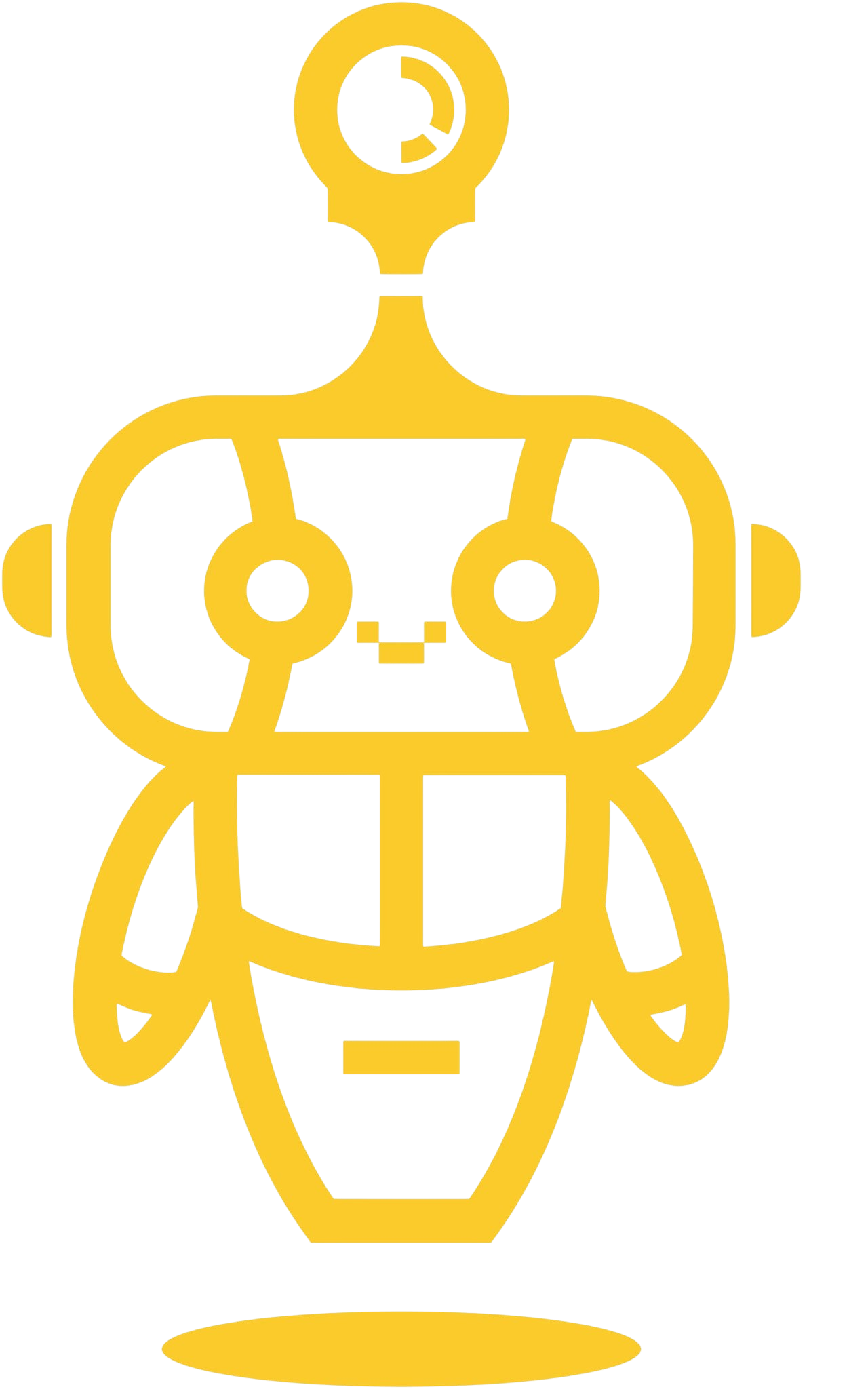In today’s digital landscape, AI-generated content has become increasingly sophisticated and prevalent. As tools like ChatGPT, Claude, and Bard continue to evolve, distinguishing between human and AI-written text is more challenging than ever. This comprehensive guide will help you identify AI-generated content and verify its accuracy.
Understanding AI Text Generation
Modern language models can produce remarkably human-like text across various styles and formats. According to recent research from Stanford University, over 65% of people struggle to differentiate between AI and human-written content in blind tests. This increasing sophistication makes detection more important than ever.
Key Indicators of AI-Generated Text
Linguistic Patterns
AI-generated text often exhibits certain telltale characteristics:
- Consistently perfect grammar and punctuation
- Absence of unique personal anecdotes or experiences
- Overly formal tone even when discussing casual topics
- Repetitive sentence structures or phrasing
- Lack of nuanced cultural references or idioms
A 2024 study published in Nature Communications found that AI text typically contains 30% fewer linguistic variations compared to human writing.
Content Structure and Flow
Pay attention to how the information is presented:
- Excessively balanced arguments without strong positions
- Generic examples rather than specific, detailed scenarios
- Comprehensive coverage without unexpected tangents
- Perfectly organized information without natural digressions
Factual Inconsistencies
AI systems sometimes generate “hallucinations” – convincing but factually incorrect statements:
- Claims that seem plausible but lack verifiable sources
- Slightly inaccurate dates, statistics, or historical details
- Mentions of non-existent research, books, or people
- Blending of accurate information with fabricated details
Tools for Detecting AI-Generated Content
Several specialized tools have emerged to help identify AI-written text:
GPTZero: Analyzes perplexity and burstiness patterns in text to determine if it was likely AI-generated.
Originality.ai: Uses advanced algorithms to detect content from specific AI models with over 94% accuracy.
Content at Scale: Provides a “human content” score based on multiple detection factors.
GLTR (Giant Language Model Test Room): Visualizes word prediction probabilities to reveal patterns typical of AI generation.
AILight: Recently launched their innovative “Fact Checker” feature that goes beyond just detecting AI-generated content – it also verifies whether the information is factually accurate. This dual-capability approach addresses both the source authenticity and information reliability challenges in one integrated solution.
Recent benchmarks by the AI Content Detection Consortium found these tools achieve 70-85% accuracy when testing against the latest models, though no tool is infallible.
Verifying AI-Generated Information
If you determine content was AI-generated, follow these steps to validate its accuracy:
Cross-Reference Multiple Sources
Compare information across reputable sources:
- Academic journals and peer-reviewed research
- Established news organizations with fact-checking processes
- Official websites of organizations or governments
- Expert opinions in the relevant field
Check Dates and Contextual Accuracy
AI models have knowledge cutoffs and may present outdated information:
- Verify that statistics and data points are recent
- Check if historical events are presented accurately
- Confirm that technological capabilities are described correctly
- Ensure political or social references reflect current reality
Look for Citation Patterns
AI-generated content may include:
- Vague references to studies without specific details
- Citations that cannot be traced to actual sources
- Misattributed quotes or paraphrased statements
- Oversimplified summaries of complex research
Practical Applications
Understanding AI detection is valuable across various contexts:
Education: Teachers can identify AI-assisted assignments and help students develop genuine writing skills.
Journalism: Editors can verify sources and ensure factual accuracy in an era of automated content.
Research: Academics can distinguish between authentic scholarly work and AI-generated papers.
Business: Organizations can maintain content integrity and protect against misinformation.
The Future of AI Text Detection
As detection tools improve, so do AI systems’ abilities to evade them. The Stanford AI Index Report 2024 notes that this technological arms race continues to accelerate, with each advance in detection met by more sophisticated generation techniques.
The most effective approach combines automated tools with human judgment. Understanding context, recognizing subject matter expertise, and applying critical thinking remain our most powerful defenses against misleading AI content.
By developing these skills and staying informed about AI capabilities, you can navigate the increasingly complex information landscape with confidence and discernment.
